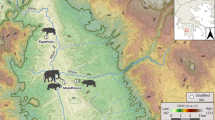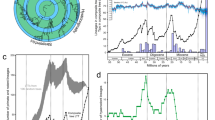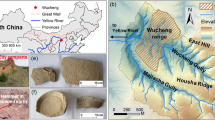Abstract
I HAVE read with particular interest Prof. Elliot Smith's remarks on the ‘Lady of Lloyds'’ skull in the review entitled “Human Palæontology”.1 When he first described this skull in 1925, I pointed out 2 that on stratigraphical grounds I considered the Terrace in which the skull was found to be that on the surface of which Mousterian working floors have been found at many localities, and that I had shown the Terrace as such (that is, Middle or Taplow Terrace) on the Geological Survey maps. There was, however, some discrepancy between this view, based mainly on the mapping of the deposits, and that of the palæontologists, who assigned the Central London deposits to a post-Mousterian date. When making the geological survey of the area I considered this view and concluded that it was based on grounds insufficient to outweigh the stratigraphy. It is therefore highly satisfactory to me to find that in Prof. Elliot Smith's weighty opinion the human palæontology confirms my decision.
This is a preview of subscription content, access via your institution
Access options
Subscribe to this journal
Receive 51 print issues and online access
$199.00 per year
only $3.90 per issue
Buy this article
- Purchase on SpringerLink
- Instant access to full article PDF
Prices may be subject to local taxes which are calculated during checkout
Similar content being viewed by others
References
NATURE, 127, 963, June 27, 1931.
NATURE, 116, 819, Dec. 5, 1925.
Author information
Authors and Affiliations
Rights and permissions
About this article
Cite this article
BROMEHEAD, C. The London Skull. Nature 128, 118 (1931). https://doi.org/10.1038/128118e0
Issue date:
DOI: https://doi.org/10.1038/128118e0



